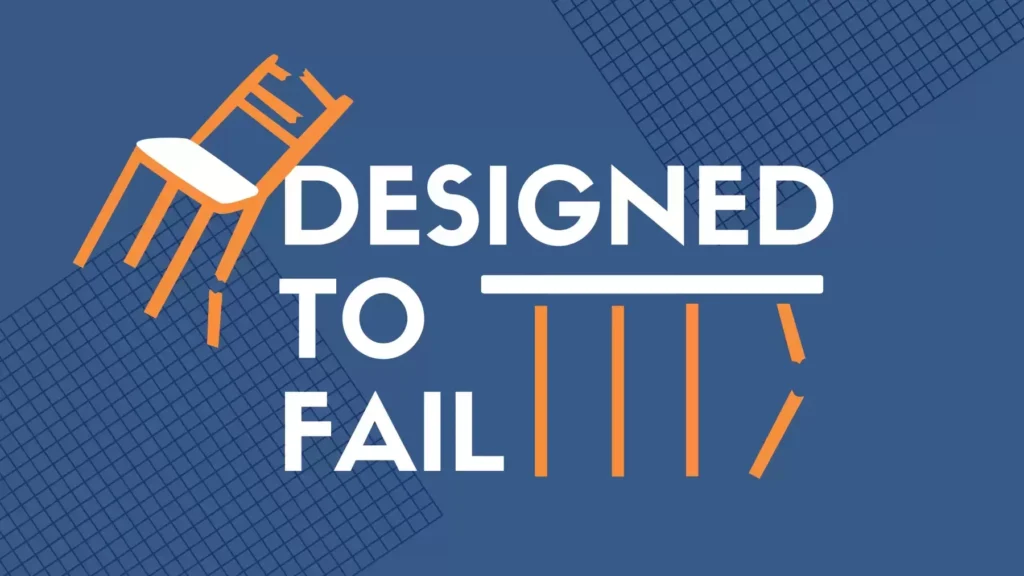So often, we as mental health advocates say, “the mental health system is broken,” as if someone knocked it over accidentally and it broke. But the reality is that the system is dynamic and was not designed for success. Mental health service providers and the experiences of people who receive mental health services are systemically undervalued to the benefit of some of the largest industries in America – hospitals, private equity firms, health insurers, and associations. At the same time, other industries, mainly social media, are allowed to wreak havoc on our mental health with impunity.
The idea for this blog series came about when I heard yet another prominent mental health expert say that the mental health system is “broken” and I realized how often I had used this same passive, defeatist phrase. I was reminded of the difference between my painted ceramic vase – a wedding gift that was accidentally broken years ago by an unnamed family member – and a cheap, thin, plastic container that cracked when I put it in the dishwasher. One broke in an unfortunate mishap. The other was poorly made and designed to fail.
So what are the design flaws that make it so hard to get high-quality mental health care? Frederick Douglass once said, “power concedes nothing without a demand,” but first you must identify who has the power, who does not, and how they must concede it.
When thinking about markets and what contributes to a well-functioning economic system, transparency is key and economic incentives must align with outcomes for the end user. In mental health care, we generally have no concept of the quality of what we are receiving, and the person using the service is completely removed from those paying for it. This disconnect drives the lack of incentive and accountability to pay for convenient, high-quality care. When I decide to go to a restaurant, I can find information on the quality and quantity of the food, as well as the service. I can go to the restaurant website and learn about their signature dishes and what they will cost. Restaurants have an incentive to provide information and care a lot about customer reviews. These incentives align with my getting a good meal. In contrast, when I need mental health care of any kind, it is very difficult to get information on the quality and cost. And generally, employers, states, or the federal government buy mental health care. Users and their experiences and outcomes are completely separate from that process.
One of the biggest challenges for mental health advocates is the volume of issues and misalignments in incentives. If you are fighting on too many fronts, it is impossible to make a difference, especially against such powerful forces. So, this blog series will not try to address everything that is wrong with the mental health system. Instead, it will look at some of the biggest economic forces in experience and payment and how they affect access to care. We will look at the implications of these economic forces on equity and disparities.
This new blog series is designed to reframe how we talk about mental health – from a broken system to a behavioral health care delivery system that is designed to fail – in specific ways, to the benefit of specific powerful entities. And the series will offer suggestions for how it can be designed for success. We are releasing the first blog along with this overview and hope you will come back for monthly installments. In the meantime, I urge you to strike “the mental health system is broken” from your webpages, speeches, and everyday discussions. If you slip up, send an alert to your members of Congress from Mental Health America’s advocacy webpage and rededicate yourself to identifying and designing better systems. Say it with me – the mental health system is designed to fail, but we can change it.
- Read the first blog in the series: Measurement of patient experience
- Read the second blog in the series: Ghosts are for Halloween, not insurance provider directories
- Read the third blog in the series: Fix the foundation: Unfair rate setting leads to inaccessible mental health care
- Read the fourth blog in the series: Crisis is not a win – Imagine wellnes


